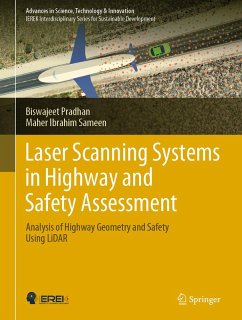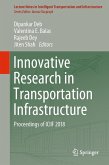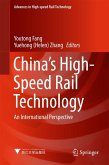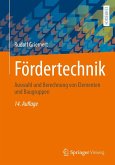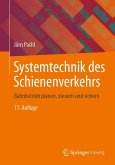This book aims to promote the core understanding of a proper modelling of road traffic accidents by deep learning methods using traffic information and road geometry delineated from laser scanning data. The first two chapters of the book introduce the reader to laser scanning technology with creative explanation and graphical illustrations, review and recent methods of extracting geometric road parameters. The next three chapters present different machine learning and statistical techniques applied to extract road geometry information from laser scanning data. Chapters 6 and 7 present methods for modelling roadside features and automatic road geometry identification in vector data. After that, this book goes on reviewing methods used for road traffic accident modelling including accident frequency and injury severity of the traffic accident (Chapter 8). Then, the next chapter explores the details of neural networks and their performance in predicting the traffic accidents along with a comparison with common data mining models. Chapter 10 presents a novel hybrid model combining extreme gradient boosting and deep neural networks for predicting injury severity of road traffic accidents. This chapter is followed by deep learning applications in modelling accident data using feed-forward, convolutional, recurrent neural network models (Chapter 11). The final chapter (Chapter 12) presents a procedure for modelling traffic accident with little data based on the concept of transfer learning. This book aims to help graduate students, professionals, decision makers, and road planners in developing better traffic accident prediction models using advanced neural networks.
Dieser Download kann aus rechtlichen Gründen nur mit Rechnungsadresse in A, B, BG, CY, CZ, D, DK, EW, E, FIN, F, GR, HR, H, IRL, I, LT, L, LR, M, NL, PL, P, R, S, SLO, SK ausgeliefert werden.
Es gelten unsere Allgemeinen Geschäftsbedingungen: www.buecher.de/agb
Impressum
www.buecher.de ist ein Shop der
buecher.de GmbH & Co. KG
Bürgermeister-Wegele-Str. 12,
86167 Augsburg
Amtsgericht Augsburg HRA 13309
Persönlich haftender Gesellschafter: buecher.de Verwaltungs GmbH
Amtsgericht Augsburg HRB 16890
Vertretungsberechtigte:
Günter Hilger, Geschäftsführer
Christian Sailer, Geschäftsführer
Sitz der Gesellschaft:Augsburg
Ust-IdNr. DE 204210010

